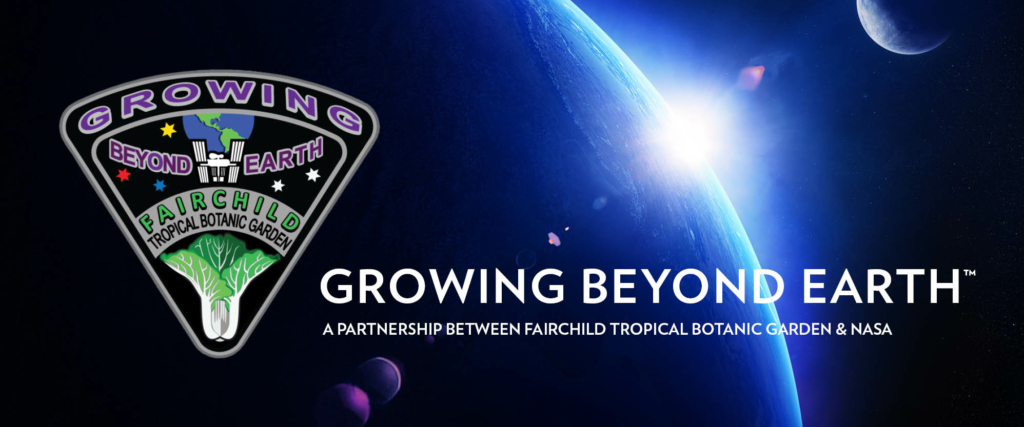As NASA looks toward a long-term human presence beyond Earth’s orbit, there are specific science, technology, engineering, and math (STEM) challenges related to food production in space. Established in 2015 as a partnership between Fairchild Tropical Botanic Garden and NASA’s Exploration Research and Technology Programs, Growing Beyond Earth (GBE) enables student community scientists to actively contribute data toward NASA mission planning.
Plants react to varying light wavelengths in interesting ways. Manipulating the proportions of red, blue, and green light can significantly alter a plant’s size, shape, and growth rate. This experiment seeks to understand the effects of adjusting light color balance during specific growth phases. The overarching aim is to pinpoint a lighting regimen that maximizes yield, taste, and nutritional value while minimizing energy use.
On the International Space Station (ISS), resources for growing plants are limited. In closed system agriculture, every gram, ml, and kilowatt is accounted for. This year, NASA scientists need your help to determine the optimal light solution for maximizing plant growth while minimizing the input of the other resources e.g. plants prefer certain wavelengths to grow. To produce those wavelengths more or less electricity is needed to have plants grow faster but also more water is needed to increase the yield. The comparison of kwhours/g or liters/g are great factors to compare the yields exposed to different environmental conditions. As with all GBE trials, this trial will require very detailed and accurate data collection and note-taking.
Dynamic Lighting Research Protocols
Mientras la NASA mira hacia una presencia humana a largo plazo más allá de la órbita de la Tierra, existen desafíos específicos de ciencia, tecnología, ingeniería y matemáticas (STEM) relacionados con la producción de alimentos en el espacio. Establecido en 2015 como una asociación entre el Jardín Botánico Tropical Fairchild y los Programas de Tecnología e Investigación de Exploración de la NASA, Growing Beyond Earth (GBE) permite a los científicos de la comunidad estudiantil contribuir activamente con datos para la planificación de la misión de la NASA.
Las plantas reaccionan a distintas longitudes de onda de luz de formas interesantes. La manipulación de las proporciones de luz roja, azul y verde puede alterar significativamente el tamaño, la forma y la tasa de crecimiento de una planta. Este experimento busca comprender los efectos de ajustar el equilibrio del color de la luz durante fases de crecimiento específicas. El objetivo general es identificar un régimen de iluminación que maximice el rendimiento, el sabor y el valor nutricional y al mismo tiempo minimice el uso de energía.
En la Estación Espacial Internacional (ISS), los recursos para el cultivo de plantas son limitados. En la agricultura de sistema cerrado, se contabiliza cada gramo, ml y kilovatio. Este año, los científicos de la NASA necesitan su ayuda para determinar la solución de iluminación óptima para maximizar el crecimiento de las plantas y minimizar el aporte de otros recursos, p. las plantas prefieren ciertas longitudes de onda para crecer. Para producir esas longitudes de onda se necesita más o menos electricidad para que las plantas crezcan más rápido, pero también se necesita más agua para aumentar el rendimiento. La comparación de kwhora/g o litros/g son grandes factores para comparar los rendimientos expuestos a diferentes condiciones ambientales. Como ocurre con todos los ensayos de GBE, este ensayo requerirá una recopilación de datos y una toma de notas muy detalladas y precisas.
Protocolos de investigación de iluminación dinámica


